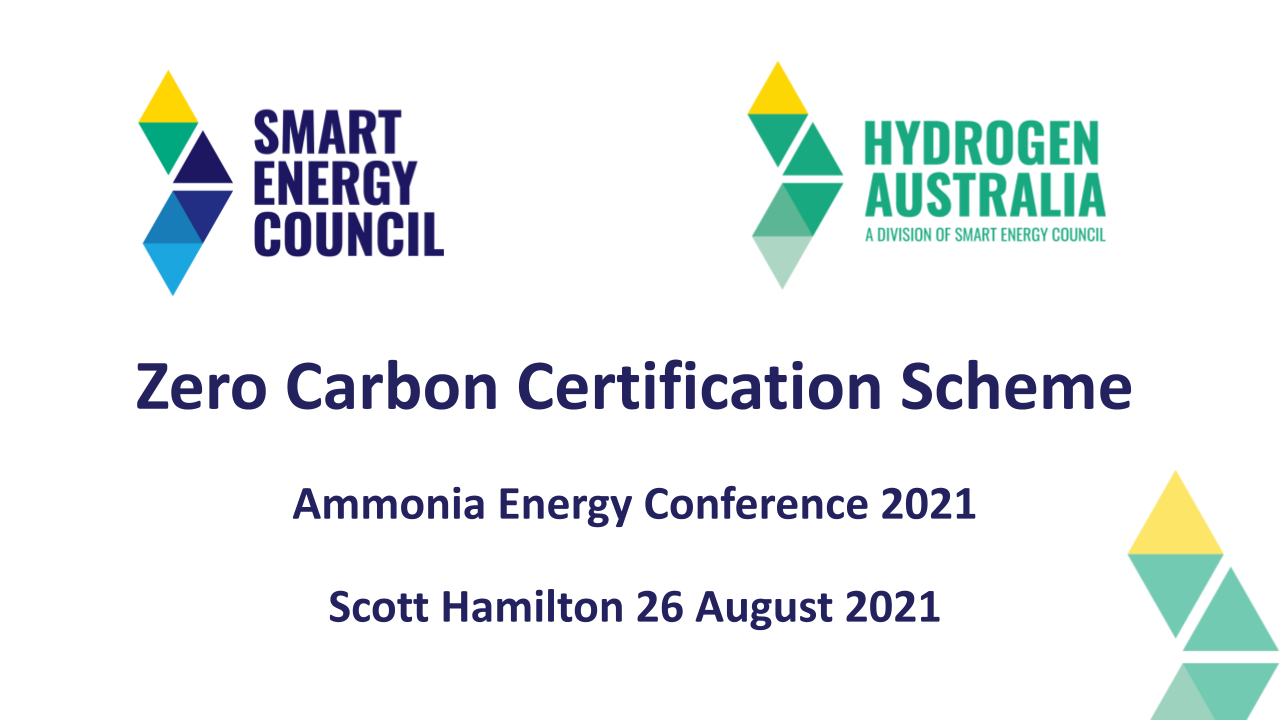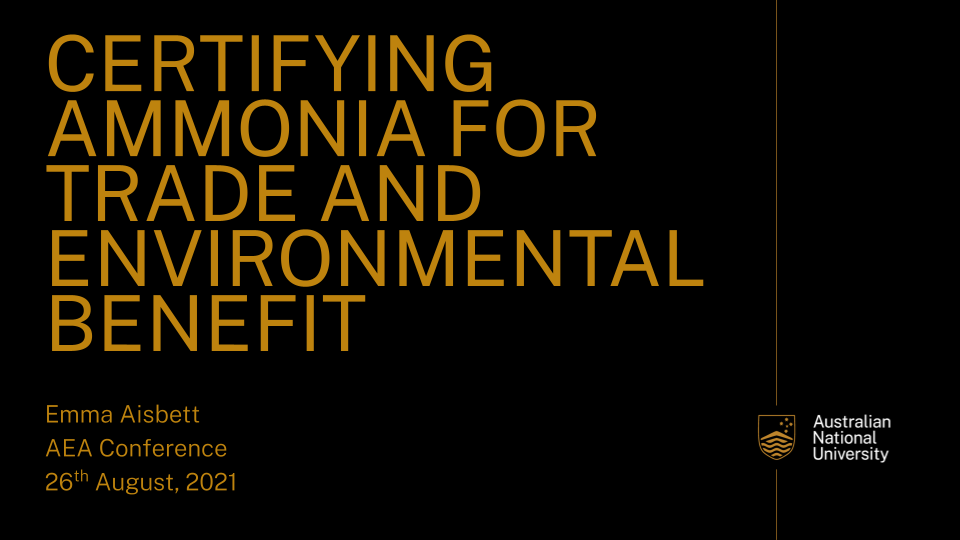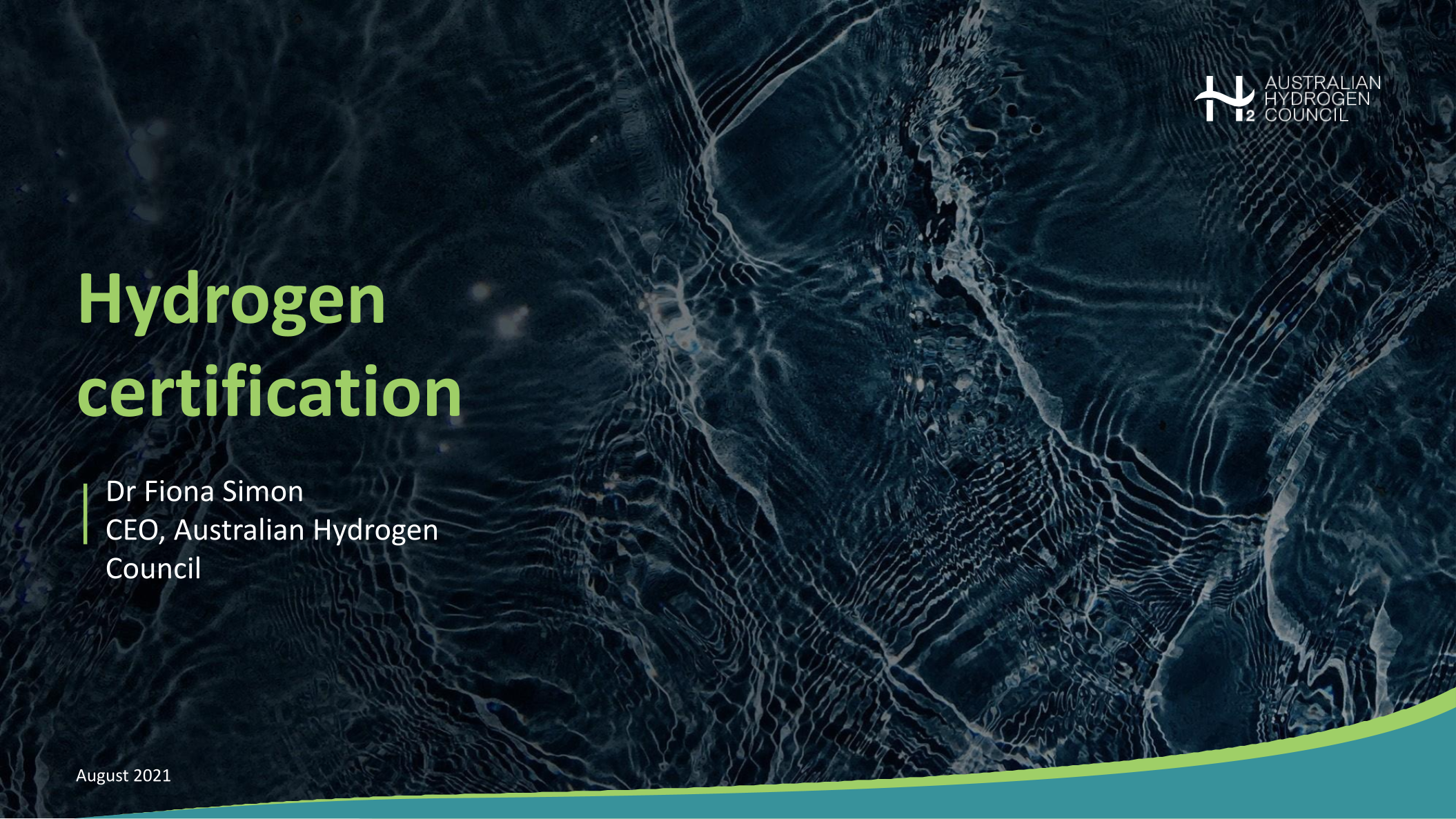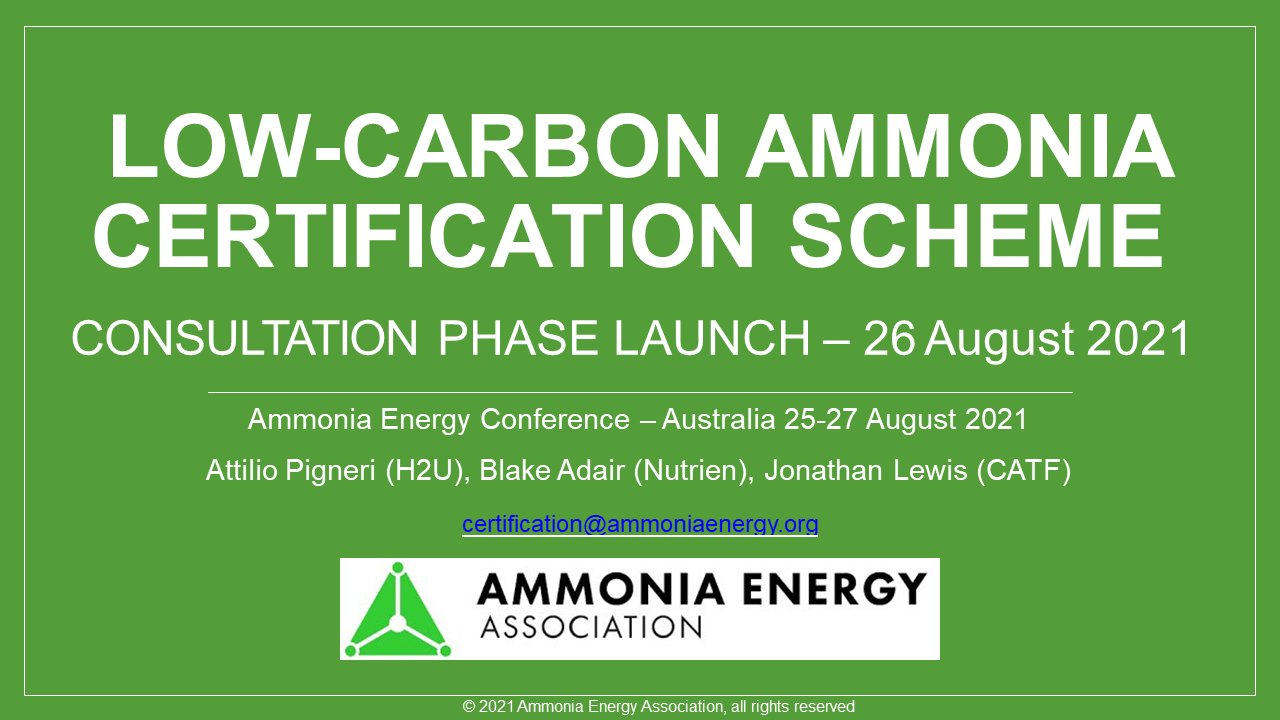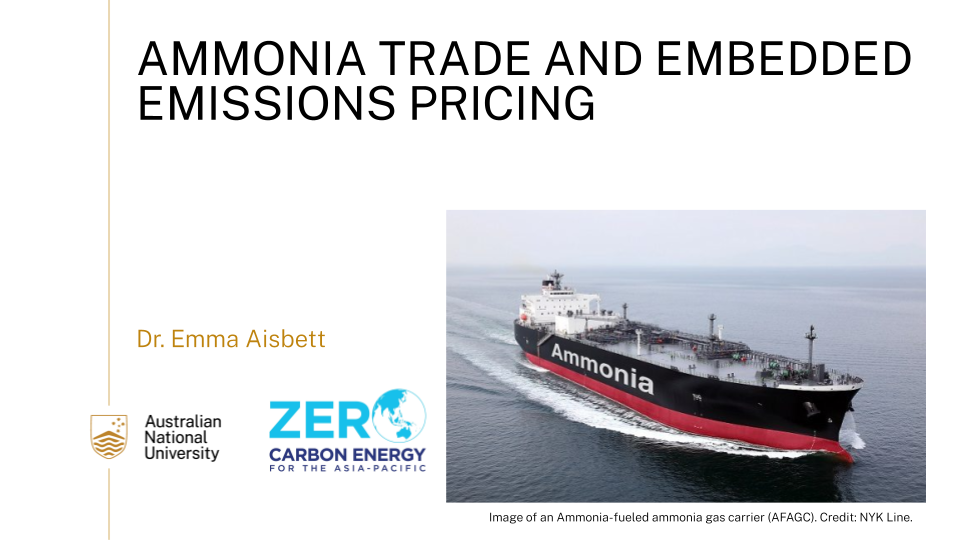Presentation
Hinicio & CertifHy
Since 2014, Hinicio is leading CertifHy, the first EU-wide Guarantee of Origin scheme for hydrogen, including a definition for Green Hydrogen and (non-renewable) low-carbon Hydrogen. We will share our experience and provide insights and relevant lessons learned from designing and implementing CertifHy. We will touch upon dealing with multiple primary energies going into a process which might be renewable and non-renewable, and the carbon intensity calculation in multi-input and multi-output plants.



